Why You Should Tick Great Migration Off Your Bucket List In 2024: Forget HD documentaries, as we have already made more memories for our safaris. You must experience it for yourself, and Amakula African Safaris has every motive to offer you the best wildlife event of the year.
Following the finest seasonal grazing in the Serengeti National Park of Tanzania nd Maasai Mara National Reserve of Kenya, this constant flow of animals between Tanzania and Kenya reaches the crocodile-infested banks of the Mara River in mid- to late July. During the largest animal migration in the world, many exhausted wildebeests, zebras, gazelles, impalas, and elands must contend with this aquatic obstacle, which is a life-or-death lottery. Greener fields and huge cats are waiting for those who succeed.
Wildebeests
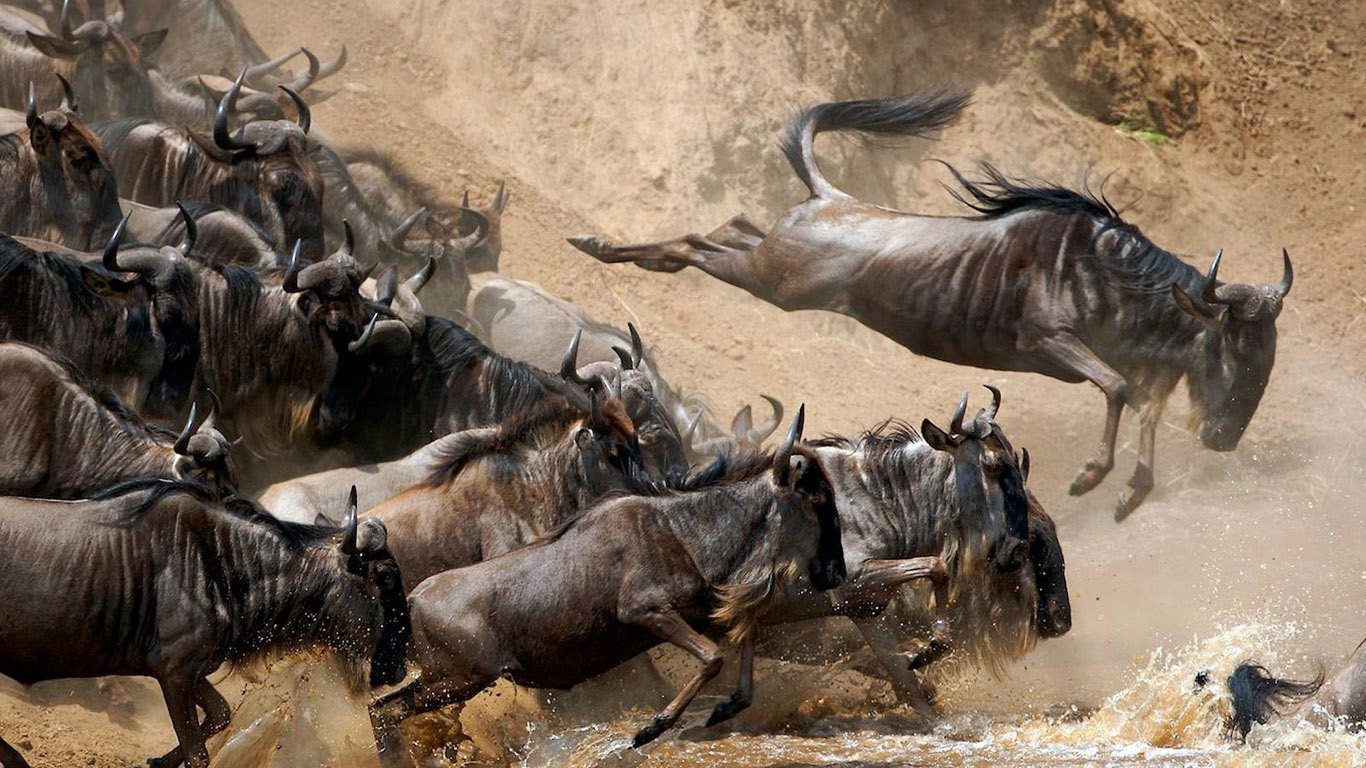 In Motion The vast migration of blue wildebeests, often referred to as white-bearded wildebeests, spans 1,200 kilometers of the Serengeti and Maasai Mara. From the parched, exhausted grasses of the Serengeti National Park to the lush plains of the Maasai Mara, 1.5 million hoofed animals move in a rumbling mass. From mid- to late July, the first herds cross the perilous waters of the Mara River. The animals have returned to the southern Serengeti National Park by January, when they give birth to roughly 500,000 calves from March until dry grasses force them to leave once more in May.
In Motion The vast migration of blue wildebeests, often referred to as white-bearded wildebeests, spans 1,200 kilometers of the Serengeti and Maasai Mara. From the parched, exhausted grasses of the Serengeti National Park to the lush plains of the Maasai Mara, 1.5 million hoofed animals move in a rumbling mass. From mid- to late July, the first herds cross the perilous waters of the Mara River. The animals have returned to the southern Serengeti National Park by January, when they give birth to roughly 500,000 calves from March until dry grasses force them to leave once more in May.
A team from the University of Glasgow has worked with a study team in Tanzania to develop a system that lets you follow the intriguing journey of various creatures in the park in real time, whether you are considering traveling there or just want to watch it from afar.
Crocodiles
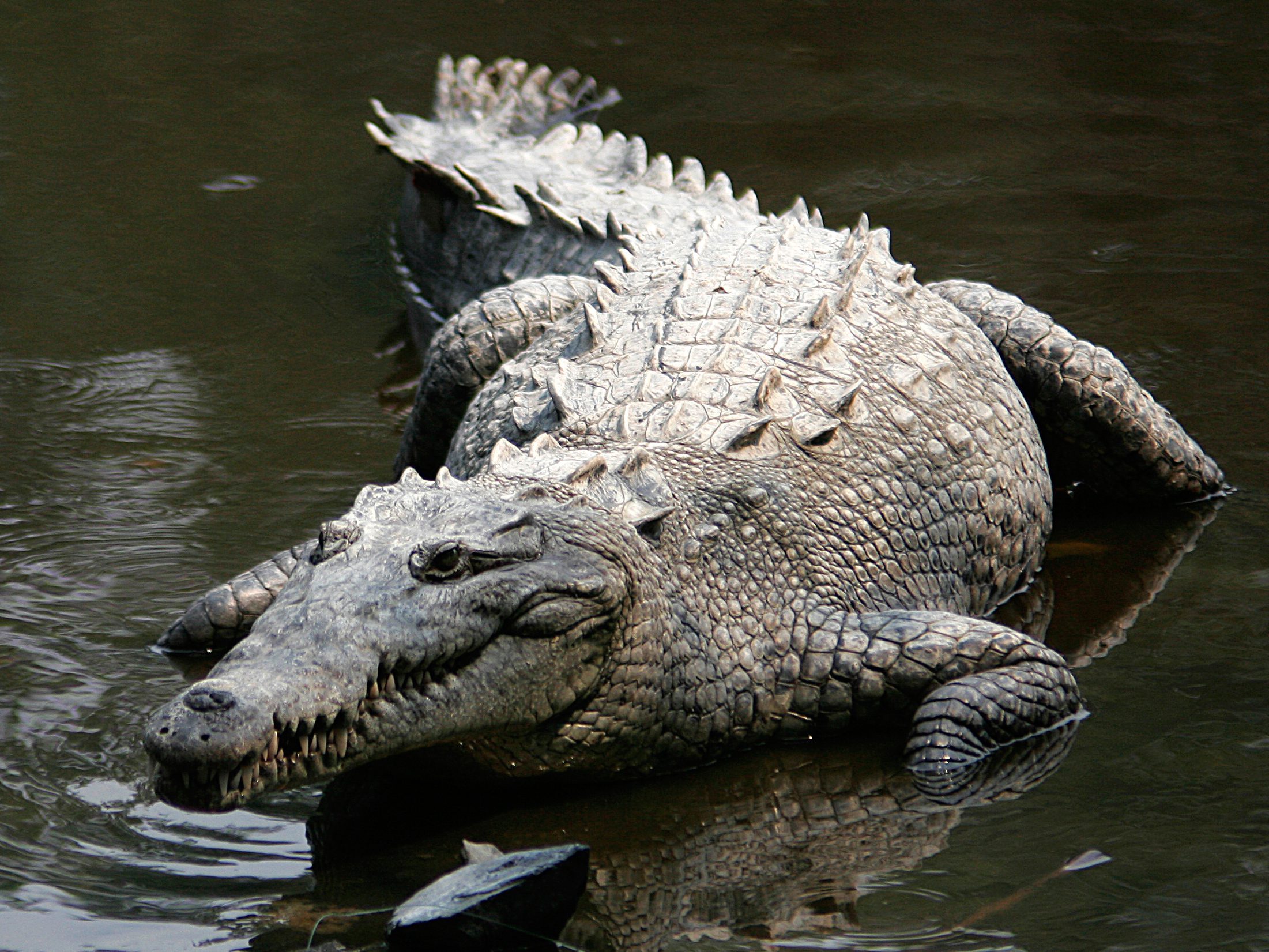 The Nile crocodiles in the Mara River are motionless as they await the arrival of their victim, which heightens the fear when they suddenly spring into action. These crocodiles, which can grow to a maximum size of 20 feet and weigh 1,650 pounds, are second only to saltwater crocodiles in weight yet can go for extended periods without food. However, when they do feed, they may consume half their own body weight in a single meal. The fact that this creature is a good parent makes it the least likeable of all. Nile crocodiles guard their eggs differently than most other reptiles, softly rolling them in their lips to aid in hatching.
The Nile crocodiles in the Mara River are motionless as they await the arrival of their victim, which heightens the fear when they suddenly spring into action. These crocodiles, which can grow to a maximum size of 20 feet and weigh 1,650 pounds, are second only to saltwater crocodiles in weight yet can go for extended periods without food. However, when they do feed, they may consume half their own body weight in a single meal. The fact that this creature is a good parent makes it the least likeable of all. Nile crocodiles guard their eggs differently than most other reptiles, softly rolling them in their lips to aid in hatching.
Ballooning Safari
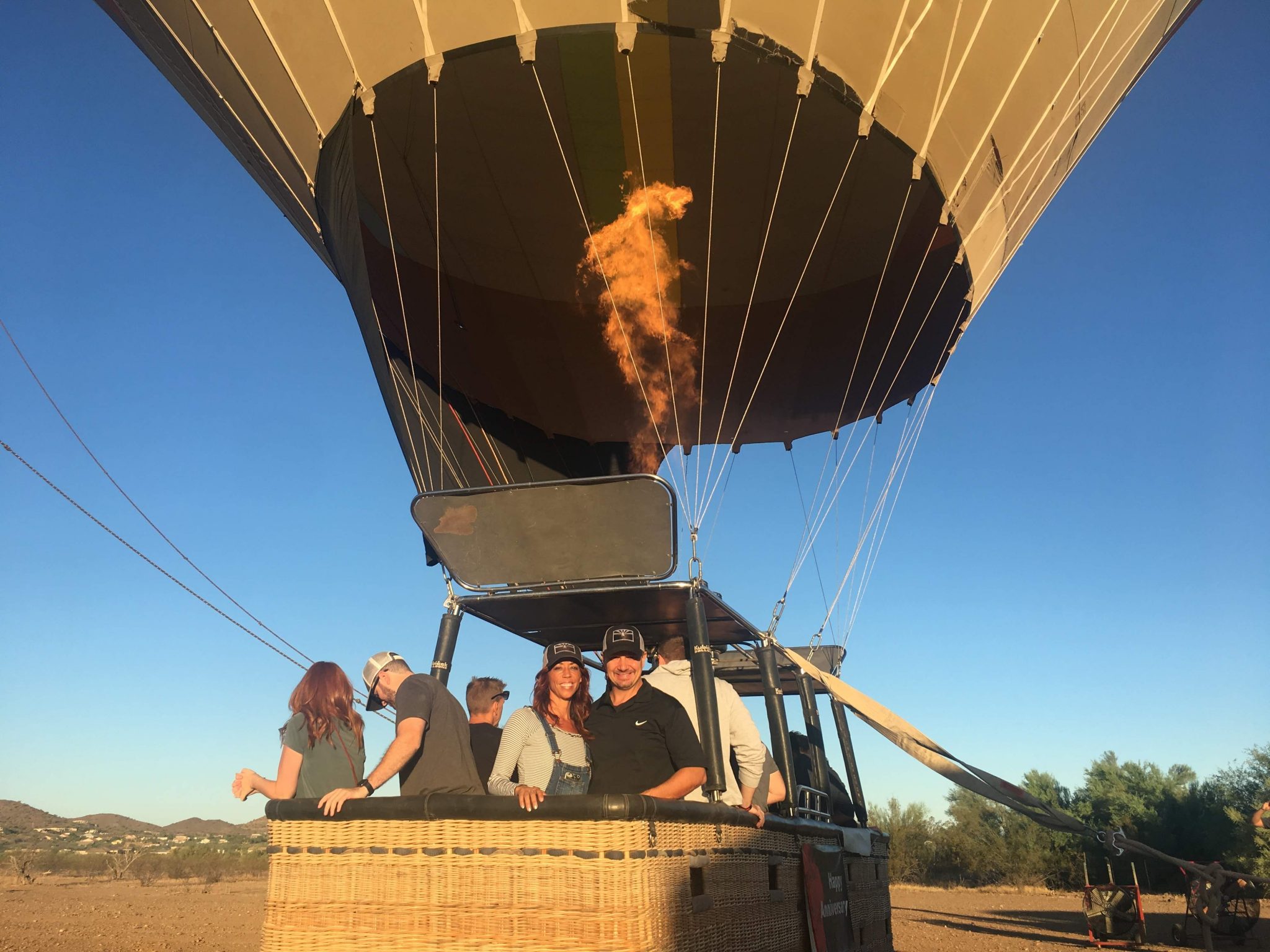 when there is nothing quite like seeing wildlife up close when on safari, ballooning offers an additional breathtaking viewpoint. From a high vantage point, you can see the expansive Serengeti—whose name means “endless plains” in Maasai—and a great deal of wildlife crossing the Maasai Mara game reserve and other areas.
when there is nothing quite like seeing wildlife up close when on safari, ballooning offers an additional breathtaking viewpoint. From a high vantage point, you can see the expansive Serengeti—whose name means “endless plains” in Maasai—and a great deal of wildlife crossing the Maasai Mara game reserve and other areas.
Starting Early For amazing dawn launches and post-flight breakfasts from Serengeti Balloon Safaris and Mara Ballooning, set your alarm for earlier than five in the morning.
On safari, visitors congregate along the Mara River to see the breathtaking sight of wildebeests, zebras, gazelles, eland, and impalas risking their lives in the face of crocodiles and currents. While the migratory seasons can vary slightly from year to year, the peak time for river crossings is in July and August.
The Roaming Zebras
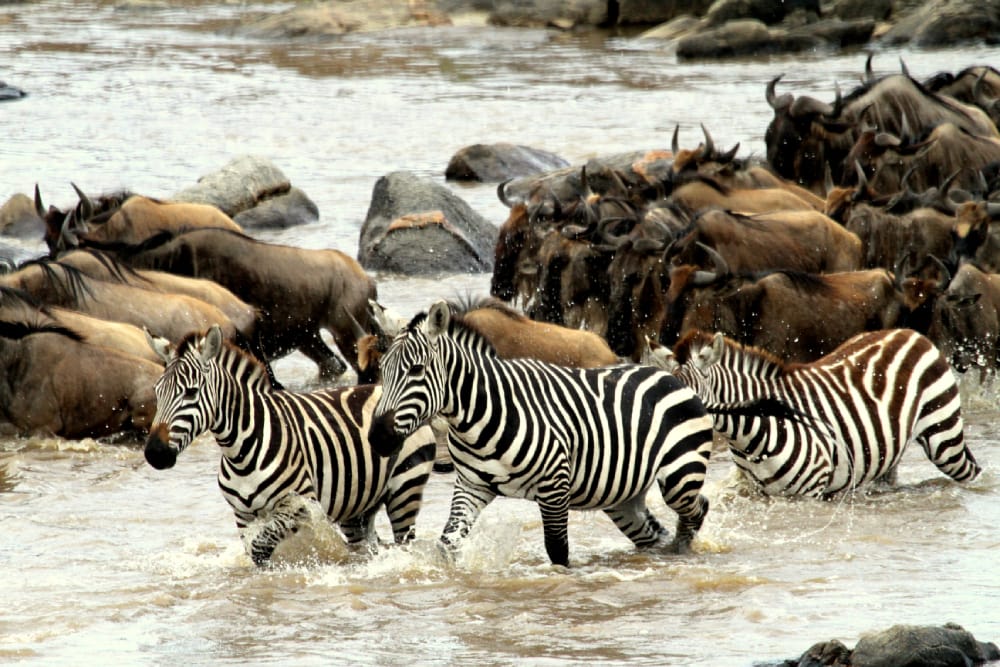 A striped touch of elegance is added by about 200,000 zebras to the muddy-gray herd of wildebeests. After crossing the river, they are typically the first to enter the Maasai Mara reserve. They remain there until October, when the first herds start traveling south again along the Serengeti’s eastern edge in search of new grasses. Given the abundance of predators, zebras’ striking markings have long baffled biologists. Some explanations include their stripes having a cooling effect (researchers have discovered that the hotter the location, the more stripes a zebra has), a means of warding off disease-carrying insects, and an optical illusion when mixed with grassland to confuse predators.
A striped touch of elegance is added by about 200,000 zebras to the muddy-gray herd of wildebeests. After crossing the river, they are typically the first to enter the Maasai Mara reserve. They remain there until October, when the first herds start traveling south again along the Serengeti’s eastern edge in search of new grasses. Given the abundance of predators, zebras’ striking markings have long baffled biologists. Some explanations include their stripes having a cooling effect (researchers have discovered that the hotter the location, the more stripes a zebra has), a means of warding off disease-carrying insects, and an optical illusion when mixed with grassland to confuse predators.
Cycle of Life
It’s terrifying to see what seems like an endless line of worn-out wildebeests waiting on the Mara River’s banks to take a chance against hungry crocodiles and currents. Every year, some 10,000 animals perish in the river, yet their suffering is crucial to the ecosystem because it supplies food for fish, vultures, and crocodiles, as well as nutrients for the river.
Predators
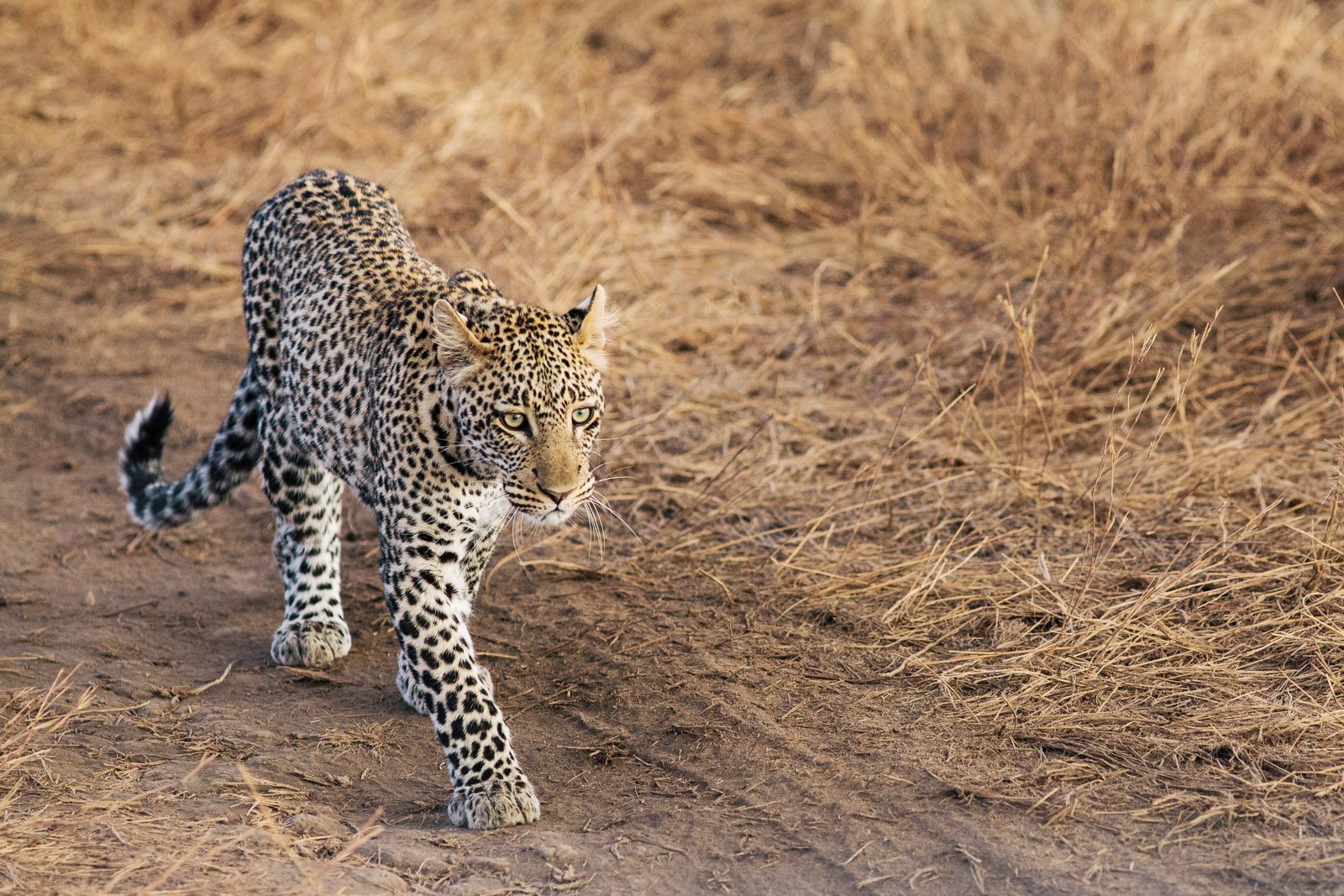 Lions, leopards, and cheetahs are some of the predators featured in the tale of the great migration. The Serengeti National Park of Tanzania is one of the greatest places in Africa to view big cats in action or (more likely) napping, given that lions spend up to 20 hours a day sleeping, especially after feeding, and that the lion population is estimated to be around 3,000.
Lions, leopards, and cheetahs are some of the predators featured in the tale of the great migration. The Serengeti National Park of Tanzania is one of the greatest places in Africa to view big cats in action or (more likely) napping, given that lions spend up to 20 hours a day sleeping, especially after feeding, and that the lion population is estimated to be around 3,000.
Leopards
In order to cross the crocodile-infested Mara River, a herd of wildebeests must stray into the path of a leopard on the opposite bank.
The Maasai Tribe
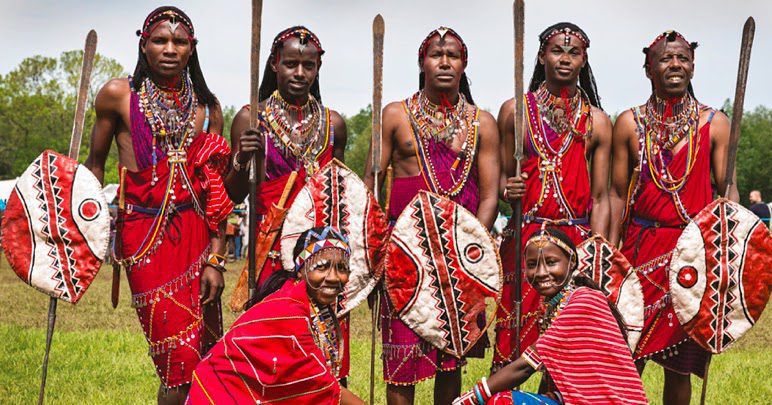 A competitive jumping dance called the Adumu or aigus is performed by young Maasai warriors. A journey to Kenya would not be complete without experiencing the interesting Maasai culture and distinctive clothing. Some Maasai villages even offer to share their culture with guests in exchange for a charge. The Maasai, or people who speak the Maa language, are semi-nomadic people that move across the semi-pastoral Arusha and Baraguyu regions of Tanzania, the Samburu of Kenya, and the Great Rift Valley of Kenya and Tanzania in search of the greatest circumstances for their cattle.
A competitive jumping dance called the Adumu or aigus is performed by young Maasai warriors. A journey to Kenya would not be complete without experiencing the interesting Maasai culture and distinctive clothing. Some Maasai villages even offer to share their culture with guests in exchange for a charge. The Maasai, or people who speak the Maa language, are semi-nomadic people that move across the semi-pastoral Arusha and Baraguyu regions of Tanzania, the Samburu of Kenya, and the Great Rift Valley of Kenya and Tanzania in search of the greatest circumstances for their cattle.
As much as our safaris go over the entirety of East Africa, Amakula African Safaris is a mid-range and luxury boutique company that offers gorilla trekking in Uganda’s Bwindi Impenetrable National Park and Rwanda’s Volcanoes National Park.

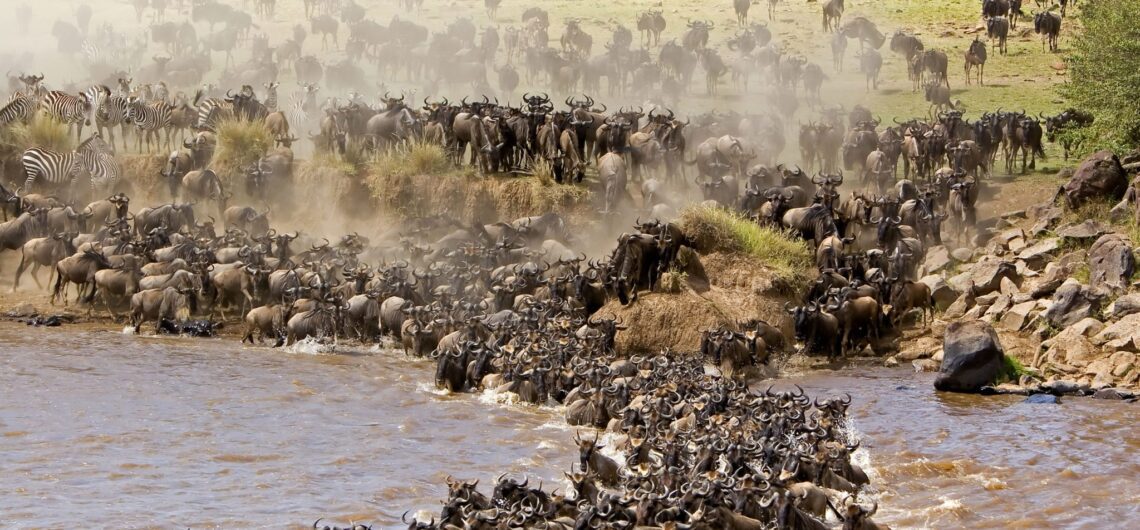
Comments